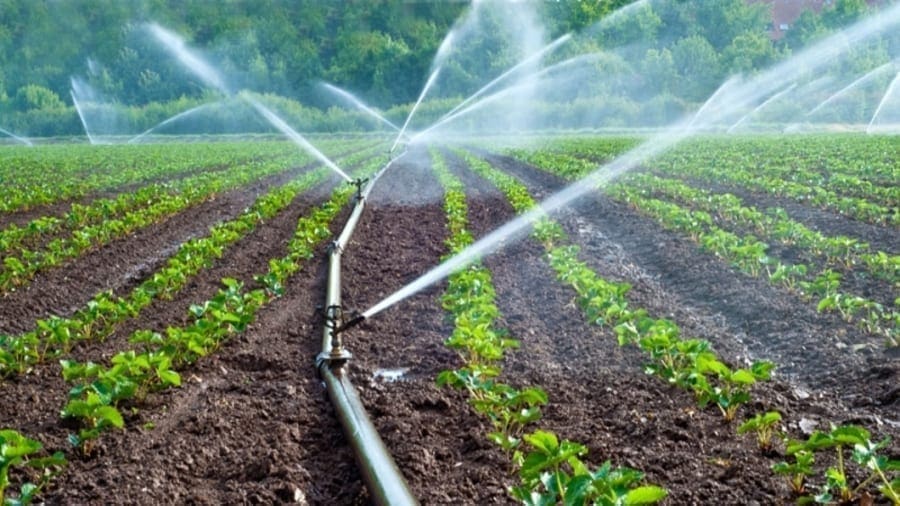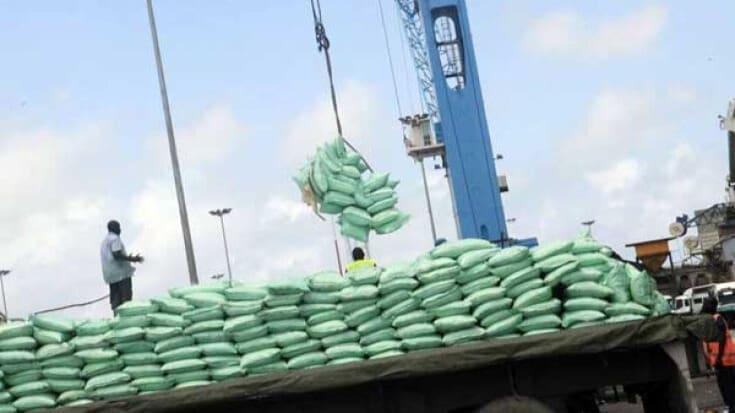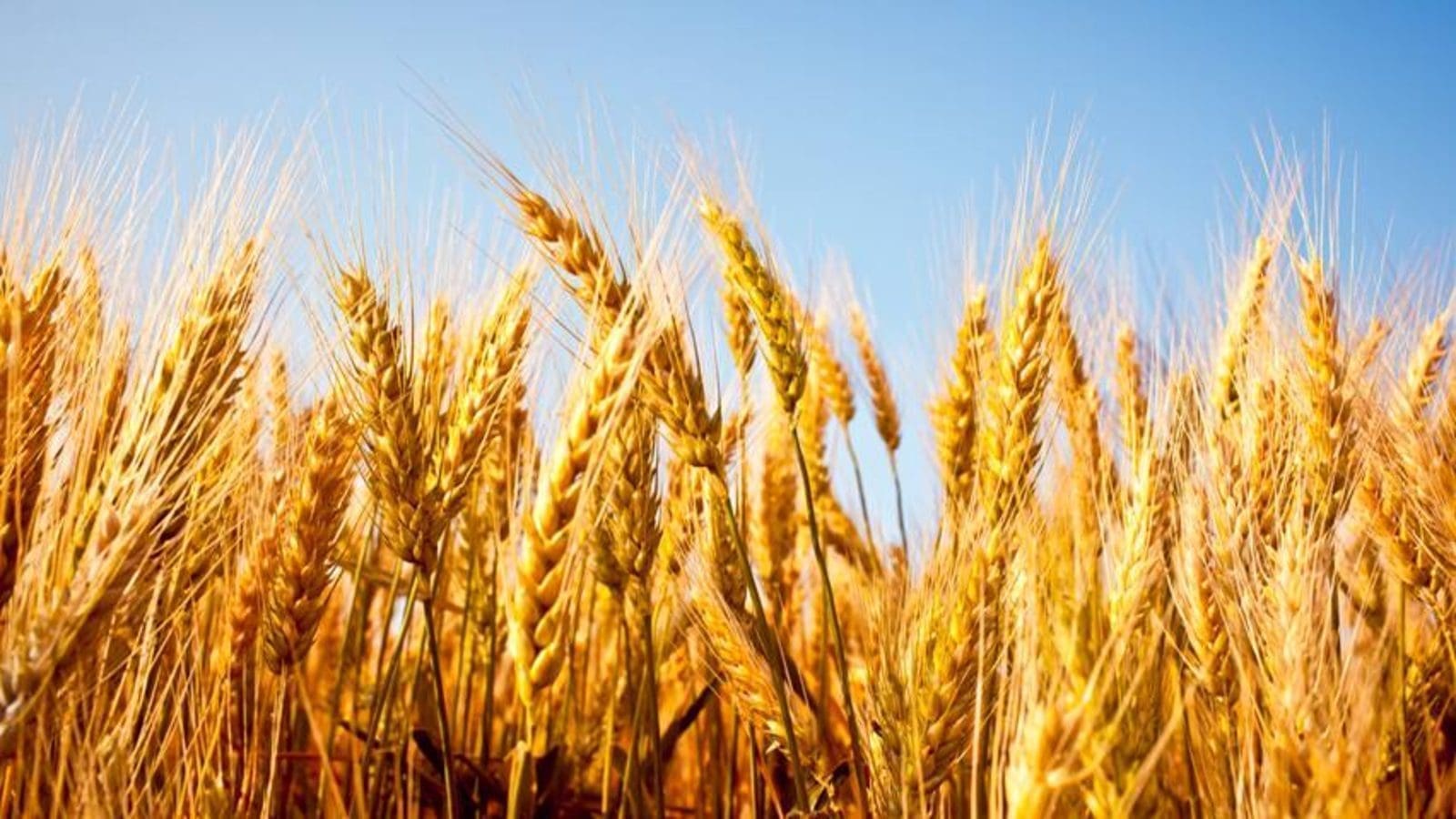ETHIOPIA – Ethiopia’s Ministry of Water, Irrigation & Energy has began the construction of three irrigation dams in Oromia Regional State, Southern Ethiopia at a total cost of 4.9 billion Br (US$167m).
Located in Chelchel Raytu Bale, Welmel Bale and Upper Guder areas, the dams are expected to irrigate 20,000ha of land and benefit 39,000 households, reports Addis Fortune.
The three dams, which will create jobs for as many as 1,000 people, will be completed within two to three years, according to Leliso Edoshe, director of contract administration and design evaluation at Oromia Water Works Construction Enterprise.
Four construction companies have been entitled with the construction works of the dams.
Chelchel Raytu Bale irrigation project expected to irrigate about 3,500ha of land will be undertaken by Defense Construction Enterprise partnering with Oromia Water Works Construction Enterprise. It is expected to cost 1.1 billion Br.
Alemayehu Ketema General Contractor together with Oromia Water Works Construction Enterprise are constructing the Welmel Bale irrigation project. It is estimated to cost nearly 1.5 billion Br (US$51m). and is expected to irrigate about 11,040ha of land.
Upper Guder irrigation project, will have a capacity of irrigating 5,300ha of land and cost just under 2.4 billion Br (US$81m). Ethiopian Construction Works Corporation was awarded the contract for the project along with Oromia Water Works Construction Enterprise.
The projects will be supervised by Ethiopian Construction Design & Supervision Works Corporation, which carries out consultancy services in the areas of water and energy, building and urban development, transport, geotechnics and underground work.
The Ethiopian government, which has endeavoured to reduce the cost of mega projects for the past two years, has allocated close to 15 billion Br (US$511m) this fiscal year for the construction of irrigation dams with the main target of increasing agricultural productivity at a national level.
Messay Mulugeta (PhD), associate professor of Food Security & Development Studies at Addis Abeba University stated that, “The projects will increase the productivity of farmers, helping them harvest two and three times a year, and this could help the country minimise the level of imported wheat and save foreign currency.’’
With total annual consumption of wheat amounting to 6.3 million tonnes, the country covers 30-35% of it through imports. In the last fiscal year, Ethiopia produced 4.5 million tonnes of wheat. The grain was cultivated by 4.7 million smallholder farmers who occupy 1.7 million hectares of land.
Recently, Lowland wheat initiative in Ethiopia kicked off and is set to cover more than 132,000 hectares of land across three lowland basins i.e Awash, Wabeshebelle and Omo regions to ensure food self-sufficiency and improving the livelihoods of Ethiopian smallholders’ farmers.
The initiative is a partnership between the Ministry of Agriculture and the Ethiopian Institute of Agricultural Research (EIAR), the Ethiopian Agriculture Transformation Agency (ATA), the Ethiopian Agricultural Research Council Secretariat (EARCS), regional bureaus of agriculture and other stakeholders.
It will be demonstrated on 1,500 hectares along the Awash basin, 3,200 hectares along the Wabeshebelle basin and on 660 hectares along the Omo basin.










